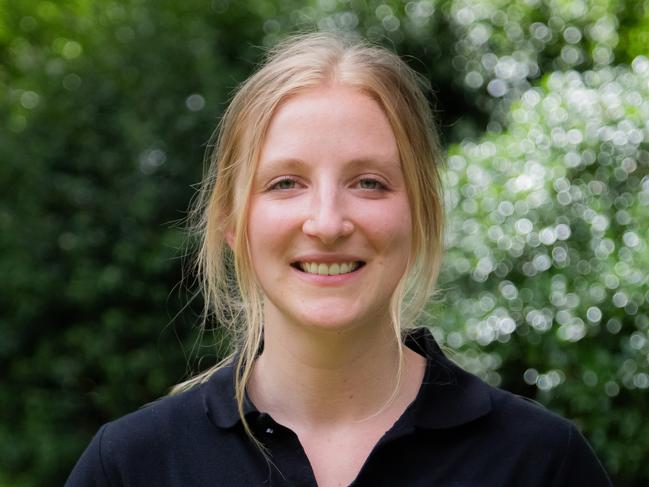State’s new goal: ‘Zero extinctions’
A daring plan has been hatched to save some of Australia’s most loved animals - before it’s too late.
National
Don't miss out on the headlines from National. Followed categories will be added to My News.
The koala, the brush-tailed wallaby and 90 other species will be given the highest possible protection status – equal to that given to the Wollemi pine – under an ambitious new ‘zero extinctions’ policy to be unveiled by NSW Environment Minister Matt Kean on Tuesday.
“Australia has the worst mammal extinction rate in the world and today in NSW, on Threatened Species Day, we say no more,” Mr Kean said.
“Just as we have a net zero emissions target, we now also have a target of zero extinctions for our National Parks, and are aiming to improve and stabilise the on-park trajectory of threatened species by 2030.”
Mr Kean will also announce 221 sites in National Parks across the state will now be deemed Assets of Intergenerational Significance – a designation he described as “a game changer for threatened species”.
The AIS status “triggers the strongest possible legal protections – mandating conservation plans, targeted feral animal control, bespoke fire management and monitoring and reporting,” he said.
Mr Kean said the AIS provisions had been legislated following the NSW Bush Fire Inquiry, and the 221 new areas given the designation were “home to species at risk from feral animals, bushfire and climate change”.

Of the 92 species to be given the additional protection, 65 are plants, including the Nightcap Oak, of which just 125 individuals are known to remain in the Nightcap Range, north of Lismore.
There are 27 animal species listed, including 13 mammals, four birds, seven frogs and three reptiles.
Of the 221 AIS sites in National Parks, 15 are koala strongholds, and seven will protect the Brush-tailed Rock-wallaby. One population of the latter in the Warrambungles is now down to fewer than 10 individuals.

Sydney University wildlife expert Professor Chris Dickman said there were “many hundreds” of native plants and animals on the brink of extinction in NSW, but up to date data for many species was poor.
“We’ve not been able to complete surveys since the bushfires,” he said. “People are desperate to get out there and would have done so, but have been prevented from going out in the field because of the pandemic,” he said.
Koala numbers had been coming down over the past few decades because of habitat loss, Prof Dickman said, but it was still possible to stop the decline.

Since the Black Summer bushfires, NSW had taken a stronger stance on species protection, but it was “more difficult to discern what’s going on in other states,” Prof Dickman said.
Victoria in particular was persisting with logging in the central highlands, destroying koala habitat, he said.
Dr Kita Ashman from WWF Australia said koalas were actually overabundant in a few areas in Victoria right now, but current modelling showed the iconic marsupials could become extinct in NSW by 2050.
Native species were coming under pressure because of lower or more unpredictable rainfall, more frequent and extreme heat events, and more severe bushfires, all of which were effects of climate change, Dr Ashman said.





